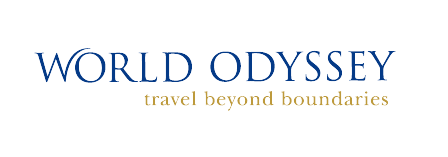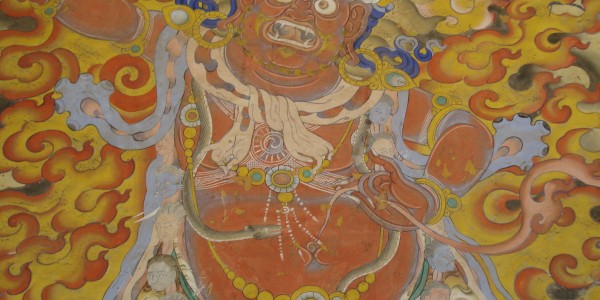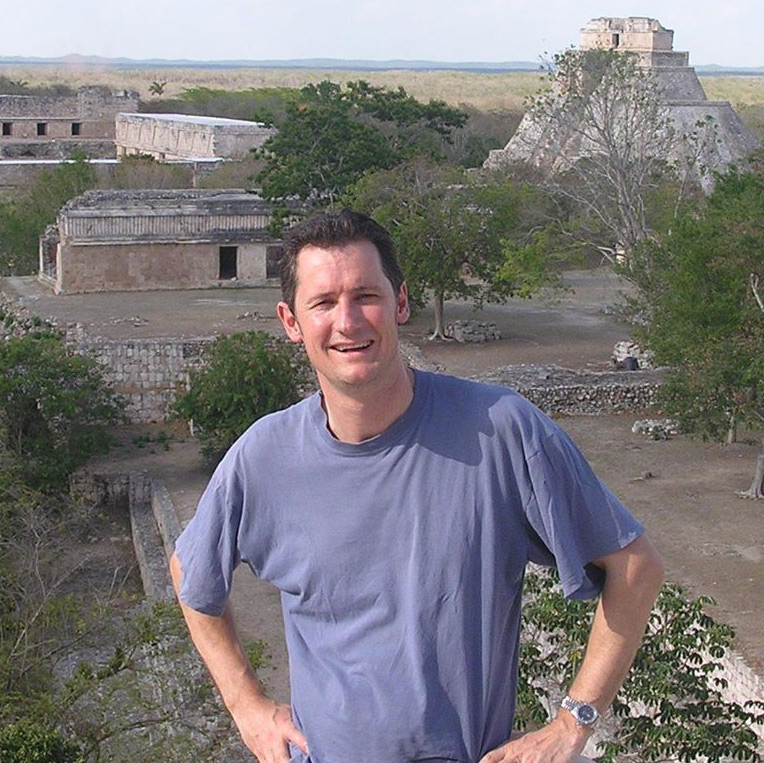Eastern Bhutan is separated from the rest of the country by the steep mountains that run from the Tibetan border down through the country into India. Consequently travelling in this part of the country can be slow, but compensated for by the wonderful scenery and the lack of other travellers. This is remote and rural Bhutan at its most pristine and unspoilt and a world of mountains, rivers, isolated villages and colourful ethnic groups.
Trashigang & Eastern Bhutan
Why visit Trashigang & Eastern Bhutan ?
- Follow in Guru Rinpoche’s foosteps by meditating at Gom Kora temple
- Visit the striking 17th Century Trashigang dzong set high on a promontory
- See the Brokpa tribesmen in their striking yak hair clothes and felt hats
- Watch the ladies of Duksum spin their pretty clothes on a back-strap loom
- Go in search of the mythical migoi (yeti) in Sakten Wildlife Sanctuary
Trashigang town used to be the main trading centre with Tibet and remains today the principle market place for the semi-nomadic people of Merak and Sakteng. It is also the junction of the east-west highway, with a road connection down to Samdrup Jongkhar on the border with the Indian state of Assam. The Trashigang dzong, built in 1659, sits on a jagged piece of land jutting out from the town and is the first landmark that can be seen from the road winding up to the town as it commands a remarkable view out over the surrounding countryside. This dzong is unusual in that it only has one dochey (courtyard).
The accommodation is limited in this part of the country and tends to be in small guesthouses or farmhouses, all of which can be very basic and the travelling can be slow, bumpy and dusty, so travelling to this part of the country can be challenging. However for those who make it, the beauty of the people, the scenery and the culture more than make up for it.
LOCATION
BHUTAN KEY INFO
Visa
A Visa is required for UK passport holders.
Health Requirements
No mandatory vaccinations are required.
Time Difference
GMT + 6 Hours
Flight Time
11 hours with one stop
NEWSLETTER SIGNUP
Keep up-to-date with the latest travel trends, inspiration for future trips and competitions to win luxury travel vouchers.
Subscribe

















